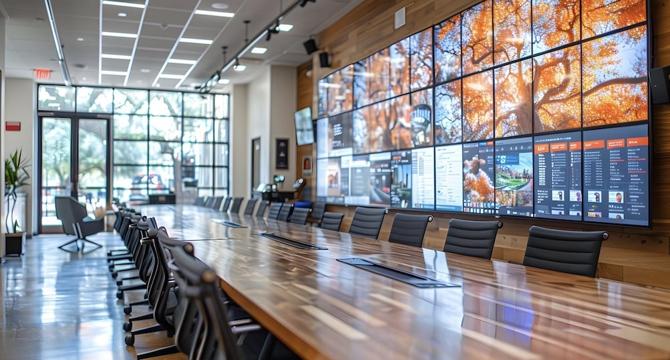AllTopStartups
4w
412

Image Credit: AllTopStartups
What is a Video Wall? Benefits and Applications Explained
- Video walls are large-scale displays that deliver content in high-definition, seamless, and immersive ways. They are made using multiple displays that come together to form one massive screen.
- Video Walls are of three types: LCD video walls, LED video walls, and projection cubes. Each type has its advantages, depending on intended use and environment.
- Benefits of video walls include high-resolution content, improved viewer engagement, and multi-source visualizations, to name a few.
- Their flexibility and scalability makes them suitable for diverse areas of application ranging from retail, advertising, corporate, education, command, and control centers, healthcare, entertainment, and events.
- To make the most of video walls, it is essential to consider content strategy, software integration, and ongoing maintenance.
- Video walls represent a crucial element for creating powerful visual displays that capture attention and provide immersive experiences.
- As technology continues to evolve, video walls stand to play a more significant role in how organizations communicate and visualize information.
- Video walls are popular for their reliability, seamless screens, and the ability to display complex and detailed visuals without compromizing on image quality.
- Whether it's in a corporate boardroom or a shopping mall, video walls capture attention, improve viewer engagement, and offer endless possibilities for relaying content in incredible ways.
- The enduring impact of video walls lies in their ability to provide real-time information in a visually impactful way. This makes them integral tools across many sectors today.
Read Full Article
24 Likes
For uninterrupted reading, download the app